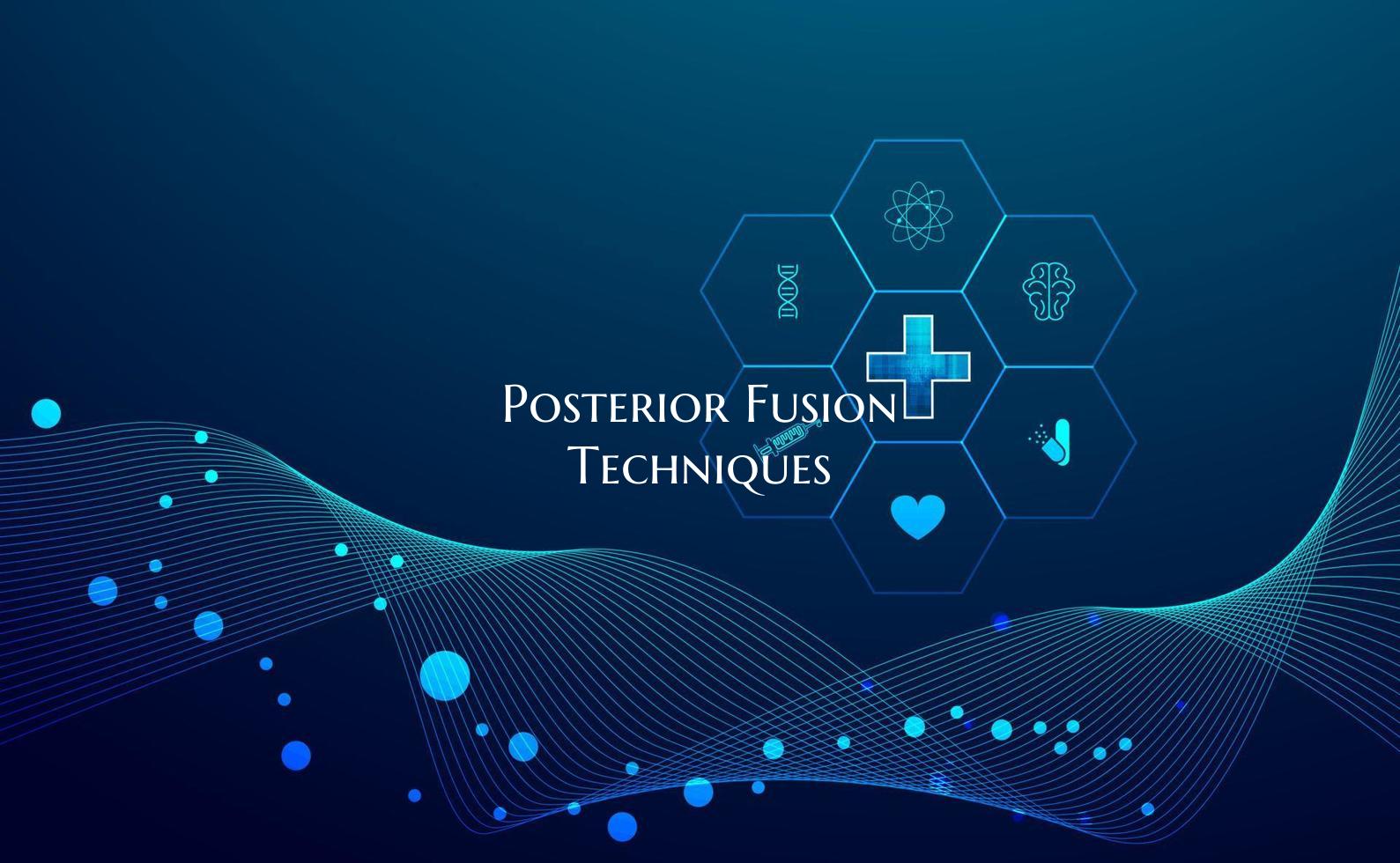
Posterior Fusion Techniques
Posterior Fusion Techniques: A Comprehensive Guide
Posterior fusion techniques are a common surgical procedure used to treat various spinal conditions, such as degenerative disc disease, spinal stenosis, and fractures. This procedure involves joining two or more vertebrae together using bone grafts, screws, rods, or plates to stabilize the spine.
There are different types of posterior fusion techniques that can be used based on the specific condition being treated and the individual patient’s needs. Some of the commonly used techniques include:
1. Pedicle Screw Fixation: This technique involves placing screws into the pedicles of the vertebrae and connecting them with rods to create stability and promote fusion.
2. Posterolateral Fusion: In this technique, bone grafts are placed along the back of the vertebrae, promoting fusion by stimulating the growth of new bone between the vertebrae.
3. Interbody Fusion: This technique involves removing the intervertebral disc and inserting a cage or bone graft into the disc space to promote fusion between the adjacent vertebrae.
4. Transforaminal Lumbar Interbody Fusion (TLIF): TLIF is a technique used to treat lumbar spine conditions by approaching the spine through the side, allowing for better access to the disc space and insertion of a cage or bone graft.
5. Lateral Lumbar Interbody Fusion (LLIF): LLIF involves approaching the spine from the side to insert a cage or bone graft into the disc space, providing stability and promoting fusion of the vertebrae.
Posterior fusion techniques are generally considered safe and effective in providing relief from symptoms and stabilizing the spine. However, as with any surgical procedure, there are risks involved, such as infection, bleeding, and nerve damage.
Before undergoing a posterior fusion procedure, patients should consult with a spine specialist to discuss the benefits and risks associated with the surgery, as well as to determine the most appropriate technique based on their specific condition.
In conclusion, posterior fusion techniques are valuable surgical interventions that can help patients suffering from various spinal conditions achieve pain relief, stability, and improved quality of life. By understanding the different techniques available and collaborating with healthcare providers, patients can make informed decisions about their treatment options.